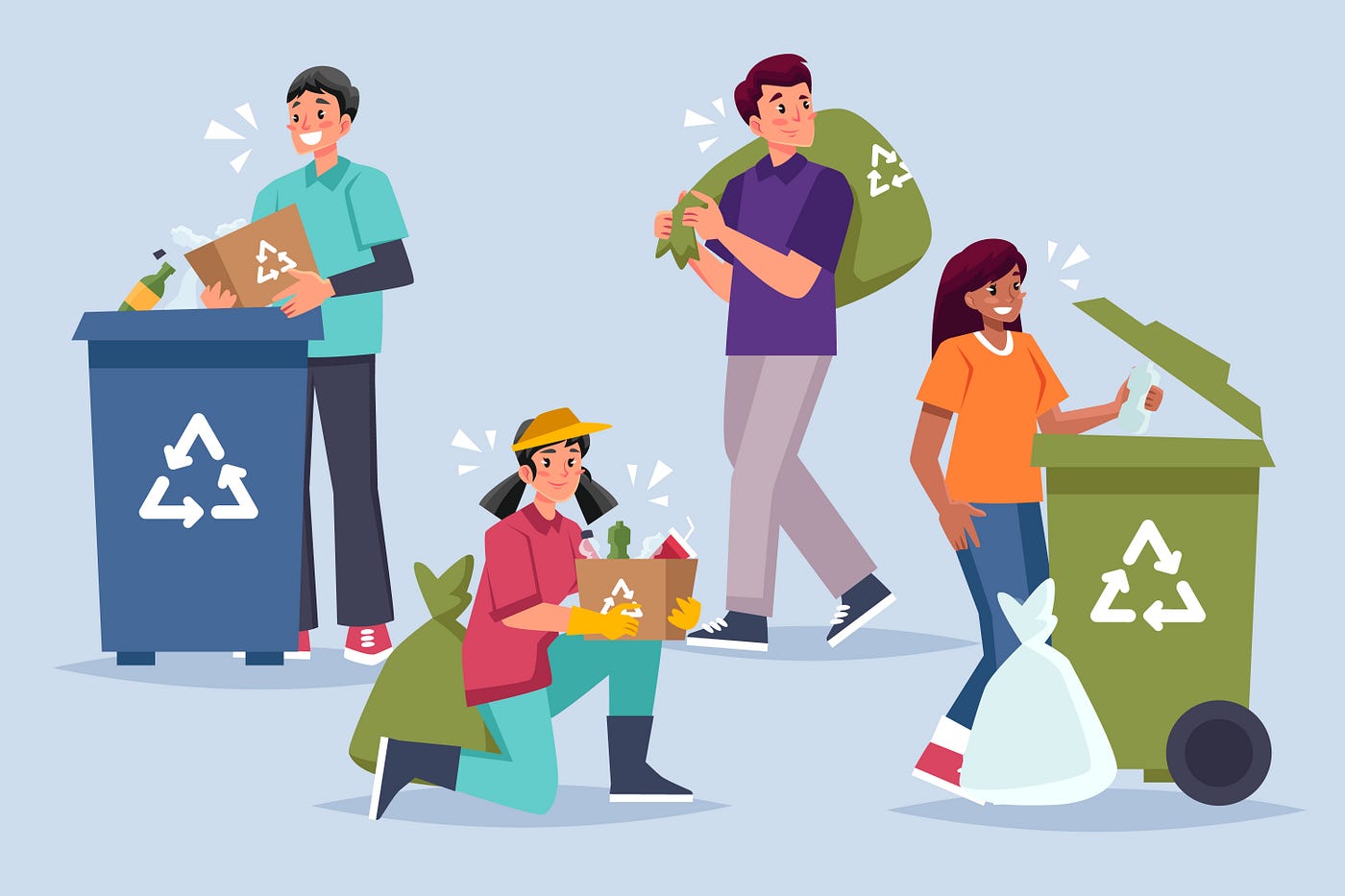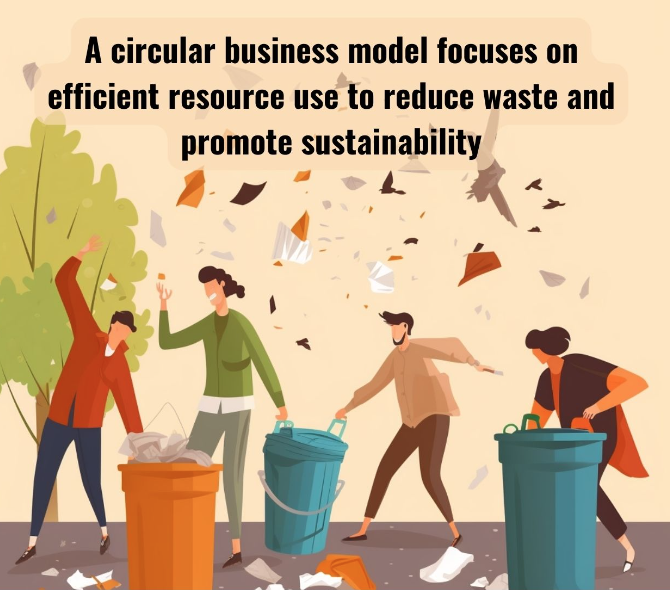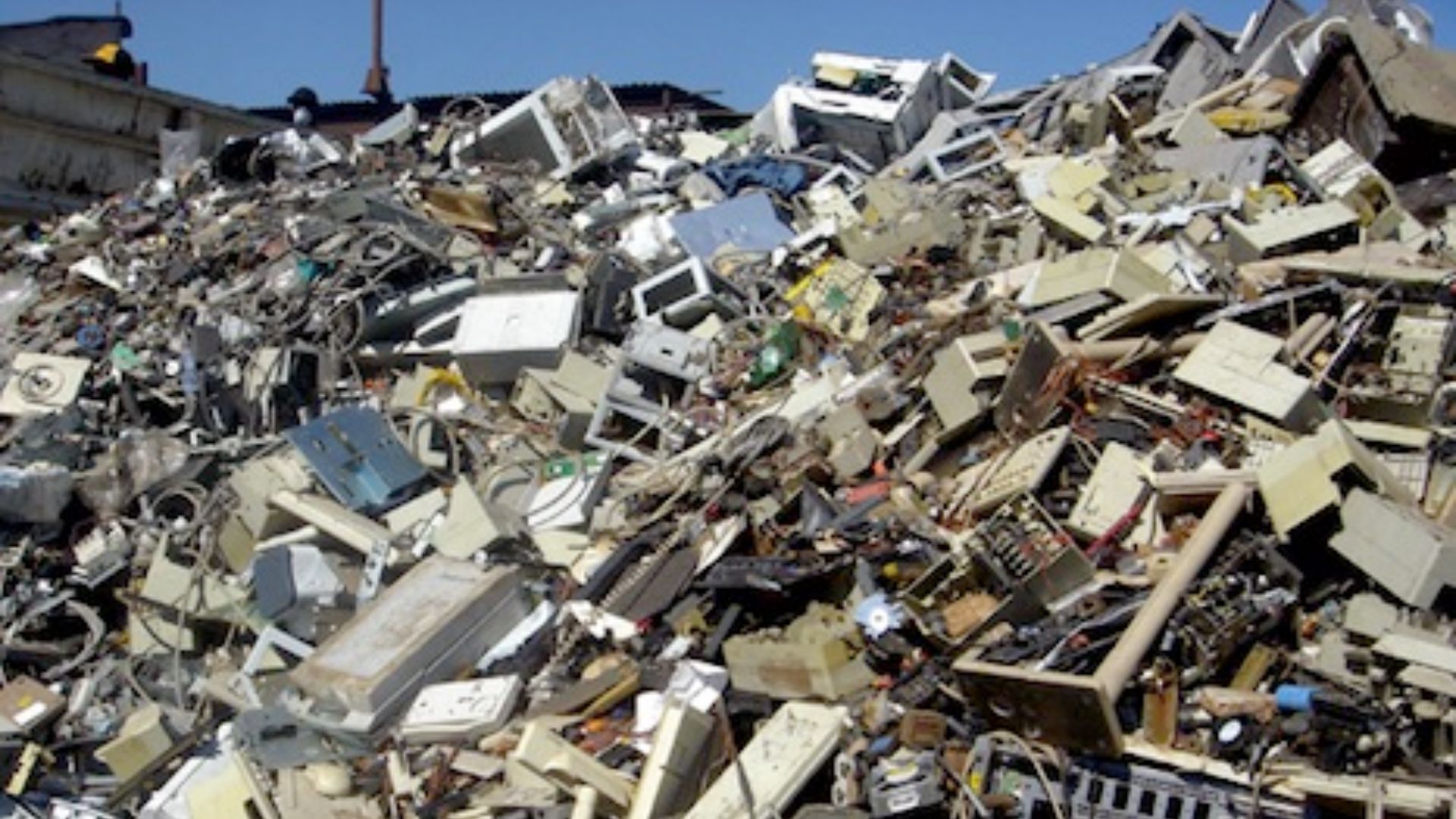In the contemporary business landscape, the pursuit of sustainability has become integral to success. Forward-thinking companies are embracing business models that not only generate profits but also prioritise environmental responsibility. This shift towards sustainability is not just a trend; it’s a strategic imperative. In this article, we delve into business models that are leading the charge in promoting sustainability and waste reduction, proving that profitability and eco-conscious practices can go hand in hand.
Circular Economy Principles
At the forefront of sustainable business models is the concept of the circular economy. Companies adopting this model focus on minimizing waste by designing products with longevity, repairability, and recyclability in mind. By closing the loop through recycling and reusing materials, these businesses aim to create a regenerative system that reduces the environmental impact of production and consumption.

Product-as-a-Service (PaaS)
The Product-as-a-Service model is revolutionising traditional ownership structures. Instead of selling products outright, businesses provide products as a service, encouraging extended product life cycles, maintenance, and eventual recycling. Therefore, this approach not only reduces overall consumption but also incentives manufacturers to create durable, easily repairable, and recyclable products.
Zero-Waste Manufacturing
Additionally, zero-waste manufacturing is a bold approach where companies strive to eliminate waste at every stage of the production process. From sourcing raw materials to packaging, these businesses prioritise efficiency and sustainability. Adopting practices such as lean manufacturing, upcycling, and closed-loop systems, they significantly minimize their environmental footprint, demonstrating that waste reduction is not just an aspirational goal but an operational reality.
Sustainable Supply Chains
Moreover, businesses are increasingly recognising the need for sustainable supply chains. Adopting this model involves selecting suppliers who adhere to environmentally responsible practices, ensuring that the entire production process aligns with sustainability goals. From responsible sourcing of raw materials to ethical labor practices, a sustainable supply chain model addresses the broader environmental and social implications of business operations.
Waste-to-Value Conversion
Some innovative companies are turning waste into a valuable resource. By implementing waste-to-value conversion models, businesses create secondary products or energy from by-products that would otherwise end up in landfills. This not only reduces waste but also generates additional revenue streams. Hence, showcasing the potential for turning environmental challenges into business opportunities.
Closed-Loop Retail
In addition, closed-loop retail models focus on creating a circular system within the retail industry. This involves taking responsibility for the entire life cycle of products, from production to disposal. Companies adopting closed-loop retail actively engage in product take-back programs, recycling initiatives, and sustainable packaging practices, ensuring that their products do not contribute to the growing problem of single-use items in landfills.
Collaborative Consumption Platforms
The rise of collaborative consumption or the sharing economy has given birth to platforms that encourage shared usage of products, reducing the overall demand for new items. From shared office spaces to collaborative transportation services, these platforms foster a sense of community while promoting sustainability by maximizing the utility of existing resources.
B Corp Certification
Becoming a B Corporation, or B Corp, is a certification that signifies a company’s commitment to meeting rigorous standards of social and environmental performance, accountability, and transparency. B Corps are driven by a triple-bottom-line approach, emphasising people, planet, and profit. Thus, this business model aligns companies with a global movement of businesses working to use their influence for positive change.
Conclusion
The evolving business landscape reflects a paradigm shift towards models that prioritize sustainability and waste reduction. Companies adopting these models demonstrate that profitability and environmental responsibility are not mutually exclusive; they are interconnected pillars of success. As we witness the positive impact of these innovative business approaches, it becomes clear that the businesses of the future will be those that integrate sustainability into their core operations, contributing to a healthier planet and a more resilient economy.



